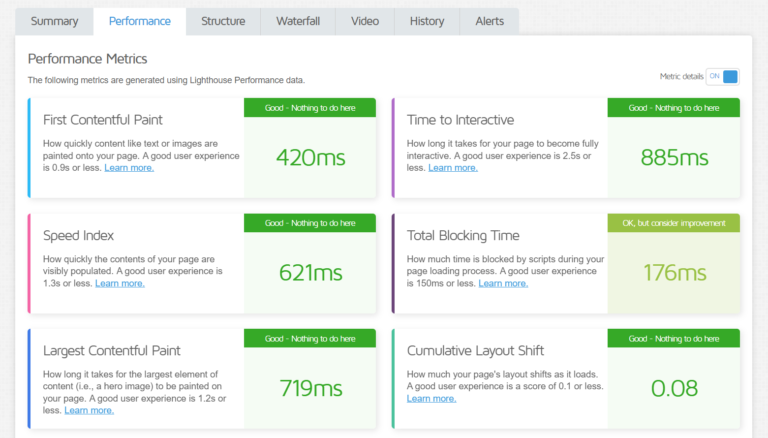
Artificial intelligence has developed, and the appearance of agentic artificial intelligence is a significant turning point. Unlike conventional AI agents, which depend too much on human cues, agentic AI systems (such as OpenAI’s Auto-GPT 3.0, Google’s Gemini Pro 1.5, and Meta’s LLaMA 3) demonstrate autonomy, initiative, and adaptive decision-making.
This blog post examines how agentic AI differs from traditional agents, what innovations are leading the transformation, and what this means for the world of automation and work.
Understanding Traditional AI Agents
Regular AI agents have been developed to handle specific tasks under strict confines. Such systems tend to be reactive and use preset stipulations or models to interpret input and generate output. Some of these systems are ancestral forms of virtual assistants, such as Siri and Alexa, or recommendation engines and rule-based chatbots. Key characteristics of traditional AI agents include:
- Reactive behavior: They only respond to the user input or actions of the environment.
- Predefined logic: They are bound by rules and models built during development.
- Task-specific: They are created to deal with a specific range of problems or fulfill pre-set tasks.
- Statelessness or minimal context: The majority of traditional agents do not have persistent memory and learn from long-term interactions.
- Single-step reasoning: These agents usually perform just one task at a time without breaking down or sequencing complex objectives.
While these systems have been useful for automation and user interaction, they lack true autonomy. They function more as tools than collaborators or problem-solvers.
Defining Agentic AI
Agentic AI is the name for a new class of systems of artificial intelligence, meaning systems capable of formulating goals and planning action to attain such goals and operating independently on sets of multi-step tasks. These systems demonstrate elements of like reasoning, initiative, and adaptability. The word “agentic” is based on agency, meaning the opportunity to act independently, make decisions, and pursue goals. Agentic AI is characterized by:
- Goal-driven behavior: These agents could adopt loft-level goals and figure out how to achieve these goals.
- Autonomy: Agentic AI can trigger tasks independently of constant user input.
- Multi-step planning: They can act out often intricate sequences of actions.
- Tool use: These systems are able to access APIs, do web searches, retrieve and manipulate data, and interact with software tools to achieve tasks.
- Reflective learning: There are even some models that incorporate feedback loops to enable them to assess the effectiveness of their actions and change their strategies.
- Persistent context and memory: Whereas the traditional agents tend to forget knowledge during interactions and therefore lack continuity and improvement, the agentic systems often hold on to knowledge during interactions, which brings out continuity and improvement in a given area.
Recent Advances in Agentic AI (2024–2025)
The growth of agentic AI is fuelled by game-changing advances from the best AI labs:
- OpenAI’s Auto-GPT 3.0: Released on April 4, 2025, Auto-GPT 3.0 enables AI agents to work independently to complete multi-step tasks, such as market research and workflow automation. The major exclusive functions are contextual memory, self-evaluation loops, and integration with API and web, which makes it a favorite to automate knowledge work by businesses.
- Google DeepMind’s Gemini Pro 1.5: Unofficially launched in early 2025, Gemini Pro version 1.5 provides memory of a million-token long context and advanced reasoning. It is particularly good in document summarization, research, and tool integration ,allowing for effortless support of enterprise productivity.
- Meta’s LLaMA 3 Agent Framework: Meet’s 2025 release is about the multi-agent collaboration with agent-to-agent communication in a 3D environment, and scalability. An excellent solution for smart cities, immersive learning, and AR/VR.
Comparative Analysis: Traditional AI vs. Agentic AI
| Attribute | traditional AI agents | Agentic AI systems |
|---|---|---|
|
Autonomy |
Reactive |
Proactive and self-directed |
|
Task Scope |
Single-step, narrow tasks |
Multi-step, dynamic objectives |
|
Planning |
Predefined |
Strategic and adaptive |
|
Tool Use |
Hardcoded |
Autonomous and flexible |
|
Learning Capability |
Offline or minimal |
Continuous and reflective |
|
Contextual Memory |
Limited |
Persistent and evolving |
|
Collaboration |
Isolated operation |
Multi-agent ecosystems |
Why Agentic AI Matters
The move towards agentic AI isn’t a mere technical breakthrough; it is a paradigm shift in relationship to how we allow our machines to interact with us. Some of the most compelling implications are listed below:
- Enhanced productivity: Tasks taken over by agentic AI do not end with individual steps but, rather, whole workflows. This minimizes the load on human users, and the complex tasks can be delegated.
- Smarter personal assistants: AI assistants are better equipped to handle everything from project scheduling to personal goals, even with persistent memory and long context understanding.
- Improved enterprise automation: Agentic systems can be used to run businesses’ operations, to handle customer support on their own, and to synthesize large-scale data for use in decision-making for businesses.
- Breakthroughs in research: Agentic AI can independently read literature, formulate hypotheses, and design an experiment, speeding up innovation.
- Foundations for AGI: Agentic AI is a vital stepping stone, even though we are not in artificial general intelligence (AGI) just yet. It brings about self-direction and adaptation, two of AGI’s core needs.
Challenges and Ethical Considerations
Although agentic AI is generating great excitement, no less important are the concerns and obstacles that it poses, which will require an answer.
- Reliability and trust: An agent can remain self-delusional or make a poor decision or chase aims that differ from those he or she intended. Solid testing and fail-safes are necessary.
- Alignment and safety: And the more autonomous agents become, the harder, but at the same time more vital, it is to ensure that they correspond to human values and goals.
- Data privacy and security: With more integrations and memory, such agents frequently need to access sensitive data, thereby creating some privacy concerns.
- Computational costs: Agentic models are resource hungry and therefore costly in terms of scaling up or in terms of operation on a continual basis.
- Job displacement: Similar to other AI revolutions, there is a realistic possibility of agentic systems replacing jobs in both customer service and administration, and even in the creative area.
Future Outlook
In the future, agentic AI is expected to manifest itself as an automated component of digital ecosystems. In light of ongoing improvements in long-context reasoning, tool orchestration, and ethical alignment, we might experience:
- Autonomous digital workers who run entire business units.
- Collaborative AI groups that assist in making medical diagnoses, engineering, and research.
- Teaching timeless agents that change along with the human users.
Agentic AI is the next generation of AI. Unlike traditional AI agents that operate as reactive tools, agentic systems reason, plan, and act autonomously. These systems are becoming the stage for a world where machines cease to be assistants and become collaborators, all made possible because of innovations from OpenAI, Google, and Meta.
Just as with any technology that is transformative, success is not only in availability and capability, but also in careful implementation, ethical considerations, and societal adaptation. Whereas the questions are no longer whether machines could act, the questions now are whether we were prepared for their current autonomy.



